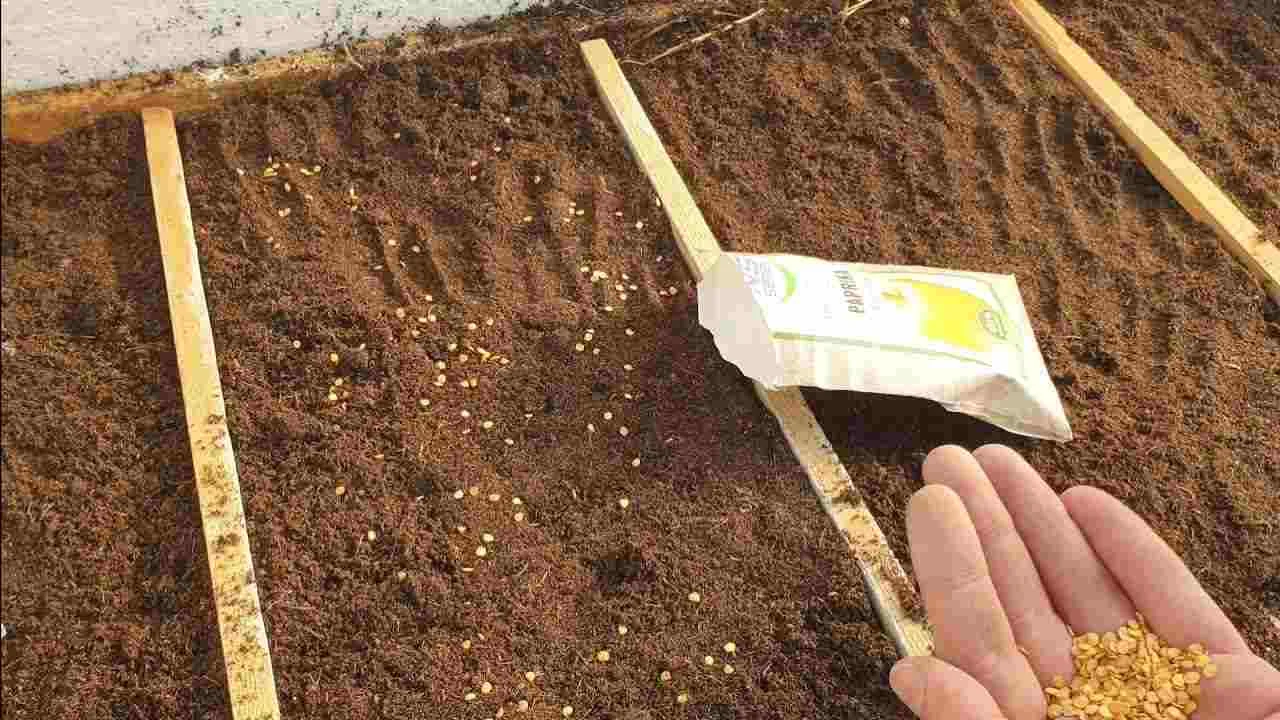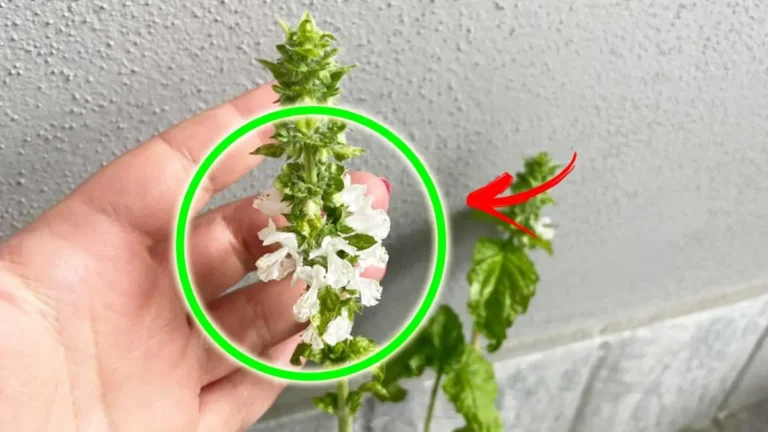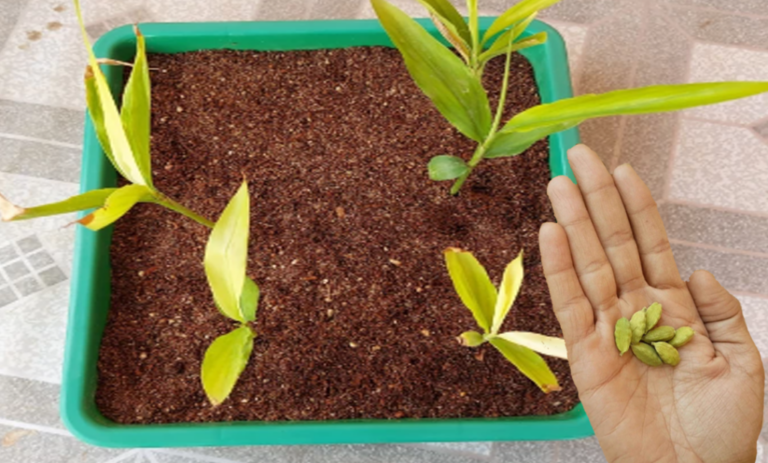HERE’S HOW TO HEAT THE SEEDLING TO MAKE THE SEEDLING SPROUT MORE EASILY
The seedbed is an excellent tool for growing seedlings protected from bad weather and making them germinate more quickly.
Even if you don’t have a green thumb, the method for quickly sprouting seedlings in the seedbed, which we are about to describe, will help you.
SEEDBED: WHAT IT IS FOR
Winter now seems to be a distant memory and in the garden we start to think about the vegetables to consume in the summer. Probably, during the harsh period which seems to have lasted longer this year, you too have relied on a seedbed to be able to grow the seedlings under shelter and then place them in the open ground.
A seedbed is a small space that is easily managed and irrigated, especially when temperatures are low. It can be done both on the terrace and in the garden.
Perhaps, however, due to inexperience or the adoption of incorrect techniques, your seedbed has not borne the fruit you hoped for. In view of the next cold season , therefore, we will reveal some secrets for making seedlings germinate in your seedbed effectively and quickly. Keep reading.
How to Sprout Seedlings Quickly
To better understand the method for quickly germinating seedlings in the seedbed, we can take tomato and pepper seeds as a reference. The first operation to do will be to loosen the soil you have a little. In this way, we will prepare what is called a hot bed. You will add manure and mulch (e.g. straw) to make the soil protected. Heat will be produced in the ground naturally.
Then, use hot water to increase the heat of the soil. The heating process can last up to two months. The layer of straw below and manure above must be covered by a sprinkling of lime. This step will limit the growth of harmful fungi and regulate the pH level. The lime will give off additional heat.
The next element you will need is fine sand which will have the purpose of making the substrate more homogeneous and retaining humidity. Finally, you will need some ordinary soil to level everything. At this point, you can water abundantly.
The hot bed can be covered with non-textile and nylon fabric, not in direct contact with the ground. With wooden planks you can create a structure that supports the protection. After building the frame, water and add good quality potting soil.
At this point, you can finally sow your tomato and pepper seeds. They can be placed roughly on the ground and then covered with the previous soil.
The temperature required for germination is 25 degrees and it is very important that there are no large temperature changes. Peppers, for example, will never germinate at temperatures below 14 degrees.






